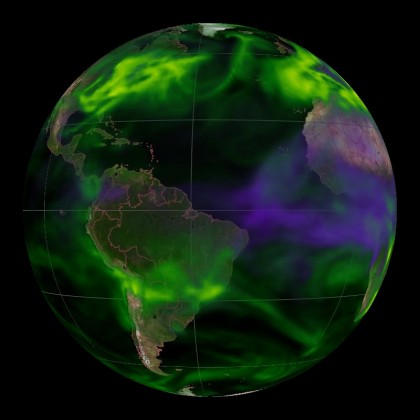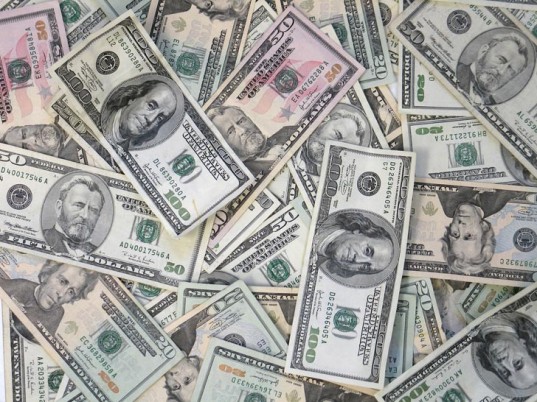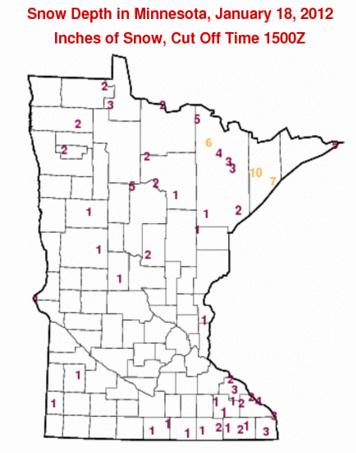
Exceptionally Brown (For Mid January). The latest numbers from the Minnesota DNR are pretty grim for snow-lovers. Most of the state has a dusting of snow, if that, with a few inches for far southeastern counties from Friday's near-miss, and as much as 8-12" over the Boundary Waters. If you're looking for snow for snowmobiling consider driving into far northern Wisconsin, where there's a good 1-3 feet of (lake effect) snow on the ground.
163 warm weather records in Minnesota during the first 10 days of January. Details below.
1,629 warm weather records reported nationwide in just the last week.
Warmest, driest start to January in U.S. history, according to NOAA.
"Winter came down to our home one night, quietly pirouetting in on silvery-toed slippers of snow, and we, we were children once again." - Bill Morgan Jr.
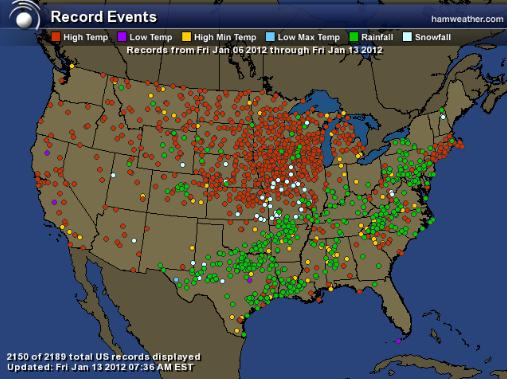
2,189 Total Records
1,363 High Temperature Records
266 Highest Minimum Temperature Records
440 Rainfall Records
9 Low Temperature Records
4 Lowest Maximum Temperature Records
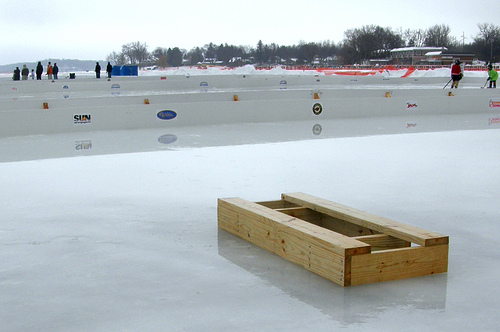
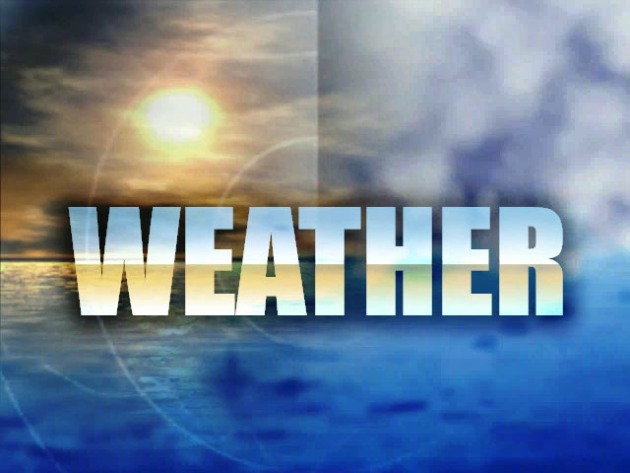
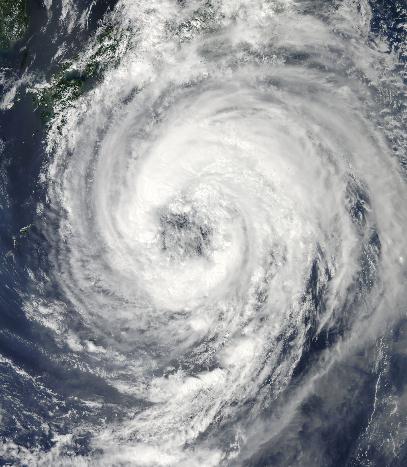
65.06" of rain drenched Nara Prefecture, Japan, during a 72 hour period in early September - from Typhoon Talas. A total of 71.08" of rain fell during the storm. Source: LiveScience.com.
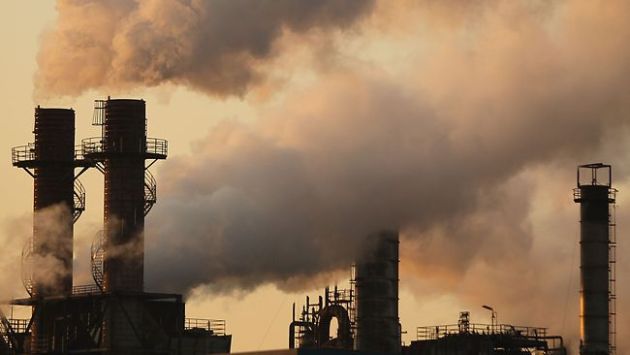
"To avoid sickness eat less; to prolong life worry less." - Chu Hui Weng


Weird Weather. Here is a link to an interview with Kerri Miller and me on MPR's "Midmorning" program on Friday. We covered a lot of ground; talking about the meteorology behind our strange winter, how winter defines us as a state, and implications of (no snow) and a growing drought. Photo courtesy of AP.
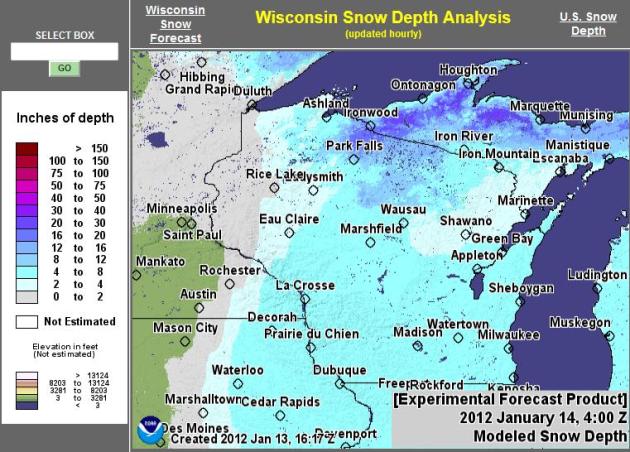
Ski Wisconsin? It's not enough that the Packers are doing well...now Wisconsin has to boast (considerably) more snow than Minnesota? What is going on? Friday's storm dumped out 3-6" new snow on much of central and southern Wisconsin, with as much as 12-20" over far northern coutnies, north of Rhinelander. Weatherstreet.com has the latest conditions, courtesy of NOAA.
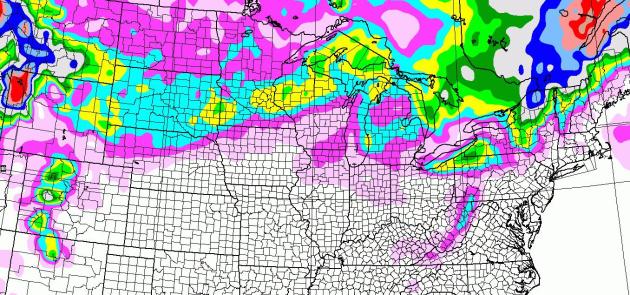
Snow-Covered By Middle Of Next Week? There's little doubt it's going to get even colder next week, possibly the coldest week of winter, a winter that hasn't been all that cold. When the mercury is colder than10-15 F. it doesn't take much moisture (or atmospheric lift) to produce a quick inch or two of icy fluff. That may happen next Monday night and early Tuesday as the leading edge of numbing air pushes into Minnesota. Map courtesy of NOAA and WeatherCaster.

Snow-Blower-Worthy? Not really, but a couple inches of powder is possible next Monday night, another coating of snow next Wednesday and Friday. I know - hard to get excited over an inch or two, but it's a start.
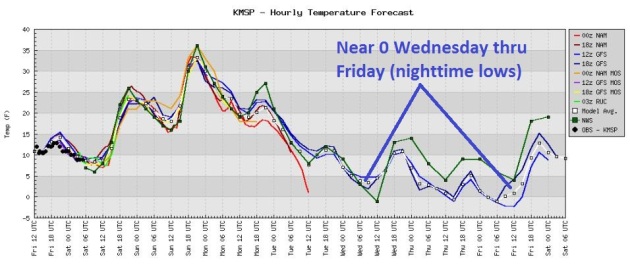
Sunday Thaw - Then Much Colder. All the models are in agreement: the mercury will take a nose-dive by the middle of next week, temperatures consistently below 10-15 F. from Wednesday thru Friday, nighttime lows at or just below zero (for the first time all winter). You may still get some mileage out of that favorite parka.

Last Week Of January: Not As Cold. The extended GFS guidance shows temperatures rebounding well into the 30s to near 40 between January 22-25, followed by a brief cold snap around January 26, then warming back up to average the last few days of the month. It may be nausea, but my gut feeling is that next week may see the coldest readings of winter.
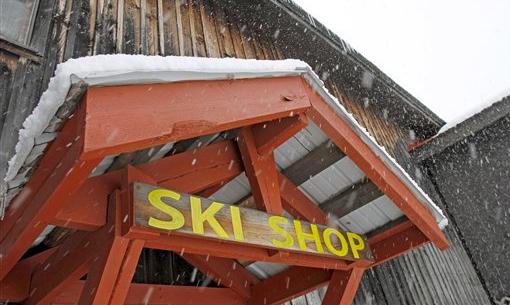
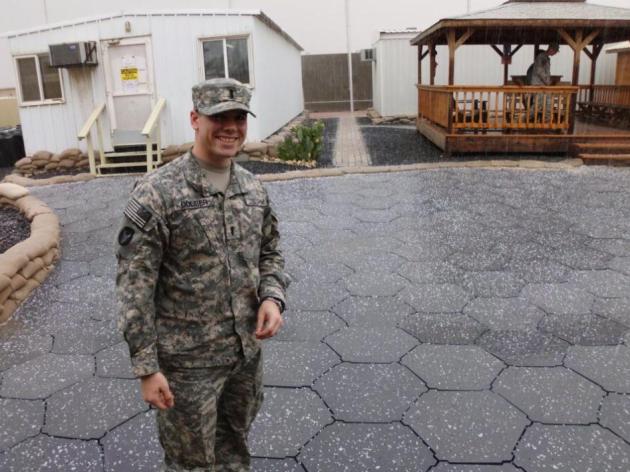
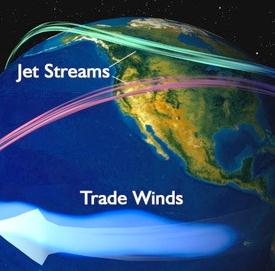
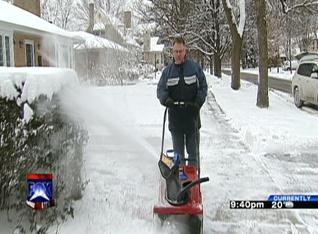
Chicagoans Dig Out. Chicago picked up a cool 4-8". Photo above courtesy of myfoxchicago.com, which has more on the first real snowstorm of winter here.
THE FOLLOWING ARE SNOW AMOUNTS FOR THE PREVIOUS 24-HOURS.
OBSERVATIONS ARE USUALLY TAKEN AT 7 AM.
24-HOUR SNOWFALL AMOUNTS FOR FRIDAY(01/13/12)...
NORTHERN ILLINOIS SNOW
LOCATION (COUNTY): FALL(INCHES)
LINCOLNWOOD 2E (COOK).........................8.2
NEW LENOX 2SE (WILL)..........................8.0
OAK PARK 1NNE (COOK)..........................7.9
PEOTONE (WILL)................................7.1
PEOTONE (WILL)................................7.1
OAK PARK 2S (COOK)............................7.0
PLAINFIELD 1SW (WILL).........................7.0
JOLIET LOCK/DAM (WILL)........................7.0
ROCKFORD 4NW (WINNEBAGO)......................6.8
YORKVILLE 1W (KENDALL)........................6.5
BULL VALLEY 2WNW (MCHENRY)....................6.5
PARK FOREST (COOK)............................6.5
BUFFALO GROVE 2N (LAKE).......................6.4
MONEE (WILL)..................................6.4
BURNHAM-HEGEWISCH 2NNW (COOK).................6.2
ROMEOVILLE (WILL).............................6.2
YORKVILLE 2SE (KENDALL).......................6.2
ELGIN (KANE)..................................6.1
ELGIN 1S (KANE)...............................6.1
ST. CHARLES 6NW (KANE)........................6.1
AURORA (KANE).................................6.0
BOTANIC GARDENS (COOK)........................6.0

* Click here for a video of (winter) storm experimentation from NOAA, courtesy of nycaviationTV.
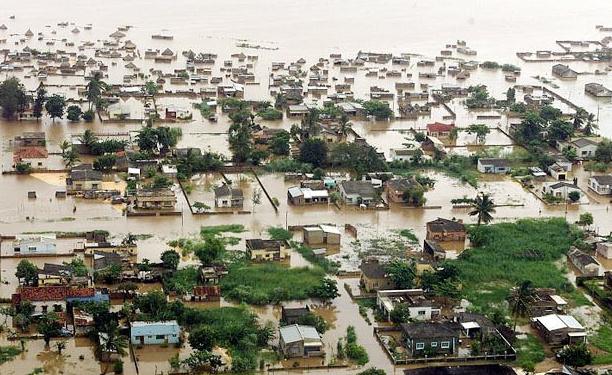

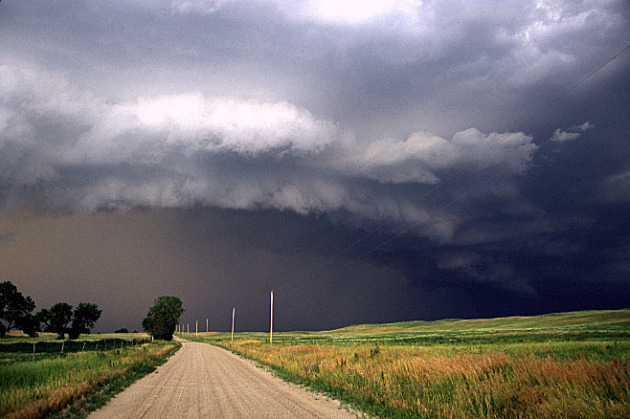
SPC Severe Weather Events Archive. The Storm Prediction Center has a new way to retrieve severe weather information dating back to 2000. Here's more information: "Welcome to the Storm Prediction Center's Severe Weather Event Archive search engine and listing. The first event in this archive occurred on January 3, 2000. We continue to archive significant severe weather events through the present day based on a variety of conditions and thresholds. You can access those archived events by using the simple search engine below. When this page is first loaded, the listing shows the most recently archived events. You can list all the days in the archive by simply clicking on the "Retrieve Events" button below. When you click on a particular date in the archive listing you will be brought to the Severe Weather Event Review Page for that date. A left-hand menu with links to products, loops, and other data related to that particular severe weather event is available to browse a particular event, or you can move forward and backward across events by using the dated links at the top of the left hand menu of the Severe Weather Event Review Page. To return to this search page, use the "Search All Events" link at the bottom of the left-hand menu of any of the Severe Weather Event Review Page. "
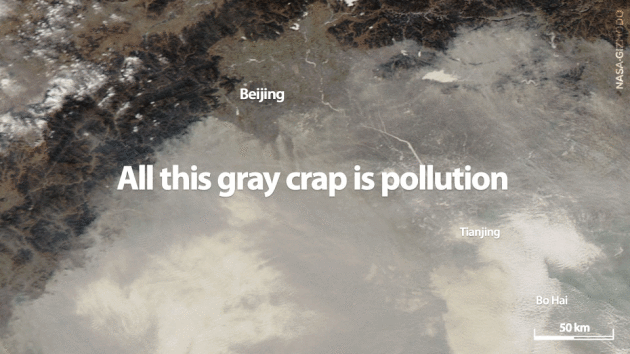
China's Pollution Is So Insane You Can See It From Space. Our fellow techno-geeks over at Gizmodo have the (remarkable) story: "This is really bad. NASA has published an image of the pollution haze taking all over the North China Plain. Yes, it's so bad that you can see it taking over thousands of square miles from space. Things were so bad that visibility dropped to 200 meters. The Chinese capital's airport had to cancel 43 flights and delayed 80 more. The first image—taken by NASA's Aqua satellite—shows the situation on January 10. The entire North China Plain was covered with a gray pollution haze. You can also see white patches: that's normal fog hanging below the haze. On the second image, you can see the skies on the next day: the heaviest pollution is mostly gone, moved by the wind."
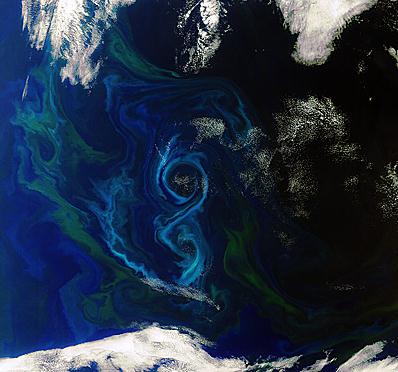
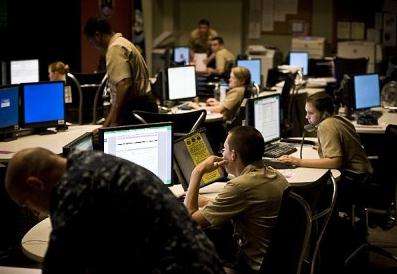

1. Dell XPS 13 Ultrabook
You know that it's a low-key CES when laptops are the stars of the show. Of course, the Dell XPS 13 isn't just any old laptop. It's part of the first wave of Intel Ultrabooks, super skinny portables that hope to outdo the MacBook Air (for power, if not skinny styling)."
For The First Time In Years Your Next PC Will Be Amazing. O.K. I navigate both worlds: Windows and Mac. Certain weather programs only run on Windows PC's (I've tried emulation - doesn't work for these applications). I use Windows for the office, everything at home, editing, photos, music, streaming, is via Apple. So I appreciate innovation in both camps. Gizmodo has some encouraging news: "By now you're maybe sick of hearing about ultrabooks, the best chance Windows rigs have to catch up to Apple laptops in design, usability, build quality, and general good-and-wantable-product-ness. Don't be. What's coming from PC manufacturers in 2012 isn't the inevitable, dreary sameness that's made laptops so boring for the last decade. In fact, it's the opposite. If what we've seen so far this year is any indication, the notebooks of the near-future look good and thoughtful and true. The design elements are inspiring. The features are useful. And most importantly: They don't just imitate, they improve. Which means it's finally time to get excited about PCs again."

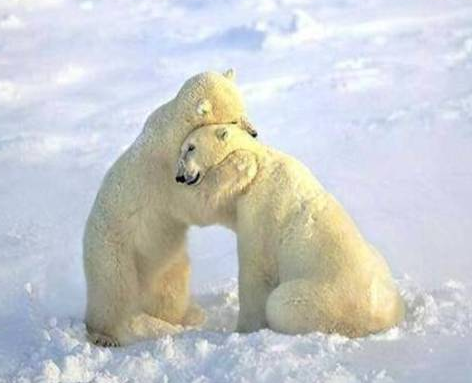

What Is Going On?
Weekend anchor at NPR, Guy Raz, asked me a simple question on his radio show, "All Things Considered". "Paul, can you explain why our weather has been so..unusual?" Long pause. How much time do you have? There is no neat, elegant, TV soundbite answer, sadly. We can explain WHAT is happening but WHY is problematic.
For much of winter the jet stream has been stuck in a Marchlike rut, record winds blowing unusually far north, preventing bitter air from surging south. La Nina is a factor, along with blocking patterns; the AO and NAO patterns that have reached record levels in recent winter. Solar activity is on the rise; melting arctic ice may be a factor too.
You can no longer separate out weather from climate. They are flip-sides of the same coin. Something is injecting more energy into the weather machine. Extremes are becoming more extreme; this trend toward drier, milder winters was predicted by climate models 30 years ago.
A coating of snow today marks the leading edge of milder air; freezing will feel good on Sunday.
Next week may be the coldest week of winter. If our first subzero reading comes Wednesday we'll tie a record (2002) for the latest subzero on record.
* graphic above courtesy of WISN-TV in Madison.
Climate Stories....

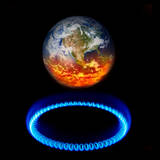
Gell-Mann: "Is it really, really so extremely difficult to persuade people that climate, which is average weather, can have three contributions that add to one another? That is, some cyclical effects, some random noise and a secular steadily rising trend from human activity?"
Revkin: "I spent 20 years focused on the basic physics and geoscience of this… But I’ve spent the last five or six years focused on the social science. How we perceive problems, how we respond, or don’t. And global warming is the world’s worst problem in that sense. It has all the elements that make it the kind of thing we don’t, as a public or individuals, really engage on."

How Will Global Warming Affect Our Water Supplies? The Mercury has the story: "Climate change promises to have a very big impact on water supplies in the United States as well as around the world. A recent study commissioned by the Natural Resources Defense Council (NRDC), a leading environmental group, and carried out by the consulting firm Tetra Tech found that one out of three counties across the contiguous United States should brace for water shortages by mid-century as a result of human induced climate change. The group found that 400 of these 1,100 or so counties will face “extremely high risks of water shortages.”

12 Simple(ish) Ways To Reduce Global Warming Two Thirds By 2050. Treehugger.com has the story:
- Switch to cleaner burning cookstoves — In addition to being a major health hazard when used indoors, disproportionally affecting women, inefficient cookstoves are a major source of black carbon soot. Currently they cause an estimated 1.6 million premature deaths annually. There are a number of much more efficient versions of these type of cookstoves available right now. In other words, it won't require a wholesale shift in the way people cook or major lifestyle changes. That is, except for the premature death part.
- Limit leaks from the fossil fuel industry — Though in up to 90% of methane byproduct of fossil fuel production is captured and reused in many industrialized nations, in many developing countries that drops to 20%. Raising that figure will reduce methane emissions and slow warming.


Global Warming Fires Up A $300,000 Complaint. Courthouse News Service has more: "LOS ANGELES (CN) - Actor-economist-political pundit Ben Stein claims he was wrongfully fired from a $300,000 job on a TV commercial because of his view of global warming: that "God, and not man" controls the weather. Stein, a former New York Times columnist who does commercials in his signature bow tie, glasses and a sports jacket, claims a Kyocera Corp. affiliate breached his contract and wrongfully fired him after it learned of his opinion about climate change. Then, Stein says, Kyocera and its ad agency "in an astonishingly brazen misappropriation of Ben Stein's persona," dressed up a college professor "as Stein often appeared in commercials (bow tie, glasses, sports jacket)" and had the professor do the commercial as a Ben Stein imitator."
